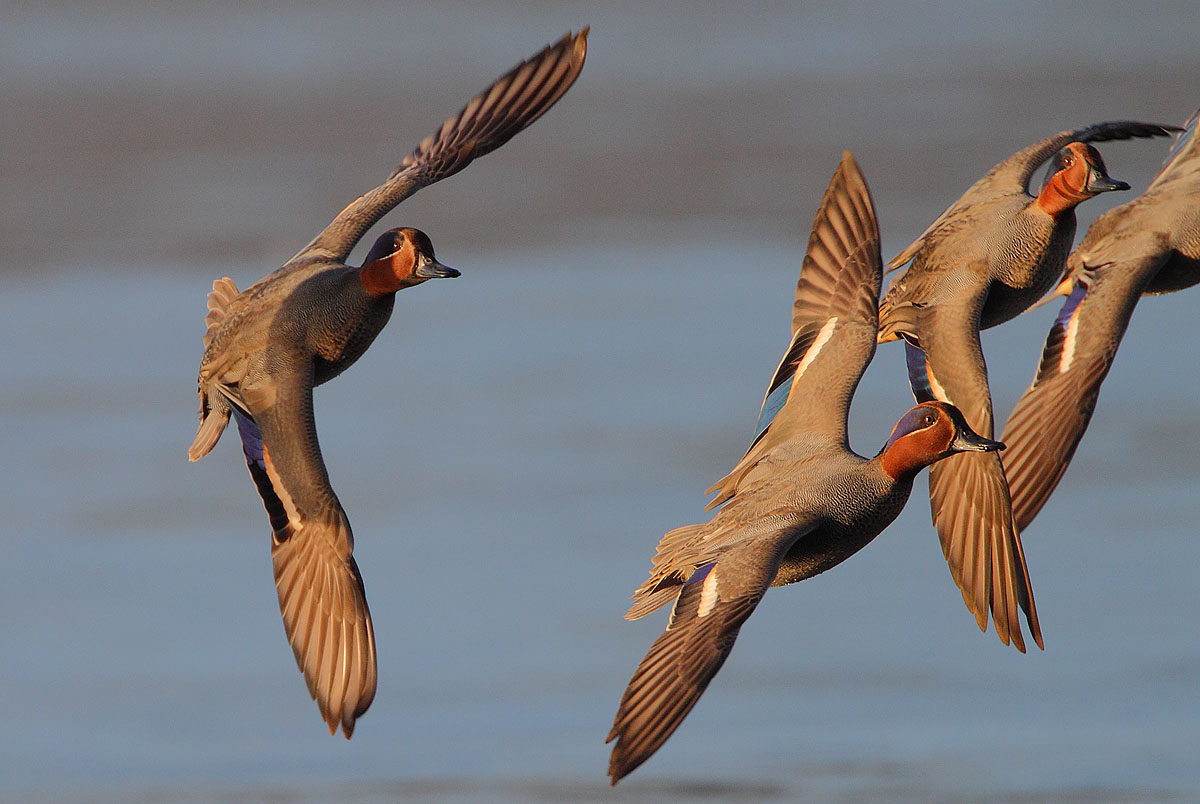Pablo F. Méndez and L. Santamaría facilitated the workshop, which was part of the Marine Biodiversity case study of the BiodiversityKnowledge Project - a project aimed at facilitating the flow of knowledge between biodiversity experts and users in Europe.
Keep an eye on this blog for the policy brief and other products generated in the workshop.





